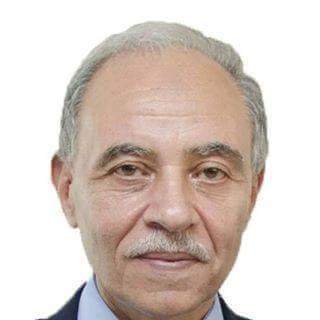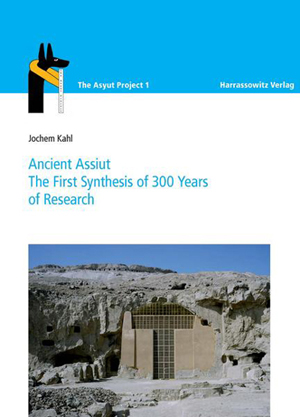Human Bones from Tombs of the Old Kingdom
Magdalena Patolla
This study deals with human skeletal remains from the Middle-Egyptian necropolis Gebel Asyut al-gharbi, step 7. Biological traces on skeletal material serve as a basis for individual findings, which offer a unique access in reconstructing daily life, environmental and living conditions in prehistoric populations and allow an insight into the population structure. Hence, human material is a primary source of information for population-related statements.
Due to settlements and research history the bone material on Gebel Asyut al-gharbi is often in poor condition. On the one hand the human residues are fragmented; on the other hand their spatial and temporal origin is unknown in most cases. Indeed, almost complete skeletons were partly found on step 7, which demonstrate closed find complexes and allow an osteoanthropological examination by means of morphognostic and palaeodemographic patterns.
The determination of age and sex distribution provides indications for the demographic structure of the sample which can be examined in connection with social, cultural and economic parameters. Based on the funeral type and circumstances, the Asyut skeletons most probably represent a special social group or partial population such as a high-ranking and privileged upper class, family members of the tomb owner, officials, civil servants or followers.
The health state of the sample, i.e. occurrence and degree of severity of certain disease pattern, permits a conclusion of possible life circumstances and environmental circumstances such as hygiene, residential situation or labour conditions. Repetitively performed movements and special working practices can lead to above-average wear and tear of joints and spine. Dental pathologies can provide information about nutrition, food preparation, oral hygiene and possibly medical interventions.
Goodman/Armelagos arranged a model of stress interpretation in archaeological populations (Goodman/Armelagos 1989). Stress is meant as detectable physical change of the osseous structure. Skeletal indications of stress reflect living conditions, diet workload and disease susceptibility in a population. On the basis of this data reconstruction of environmental conditions, cultural systems and host resistance factors is possible.
In connection with the archaeological report a reliable image of the Asyut living population in the Old Kingdom can be reconstructed. Because the fieldwork on step 7 and the anthropological data collection of the skeletal material are not finished yet, the present study shows preliminary results. The presentation of skeletal series refers to descriptive and explorative statistical calculations. Detailed information on population and interoperation level can be given only after completed collection and evaluation of the osteological data. More reliable and detailed archaeological information as well as a completion of the anthropological data collection is necessary to calculate a life table, capturing inter-population differences and interpretation of the anthropological results in comparison to other sites of the Old Kingdom.
For full text, see:
Magdalena Patolla, "Human Bones from Tombs of the Old Kingdom" , in: Seven Seasons at Asyut: First Results of the Egyptian-German Cooperation in Archaeological Fieldwork, The Asyut Project 2, Edited by Jochem Kahl, Ursula Verhoeven and Mahmoud El-Khadragy, Harrassowitz Verlag, Wiesbaden, 2012, pp. 129-141.


